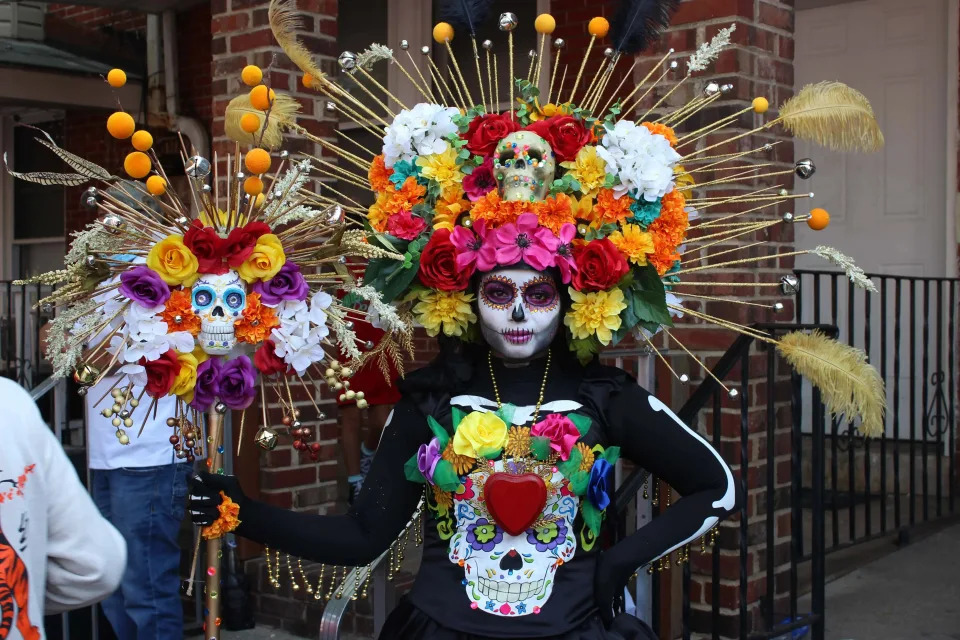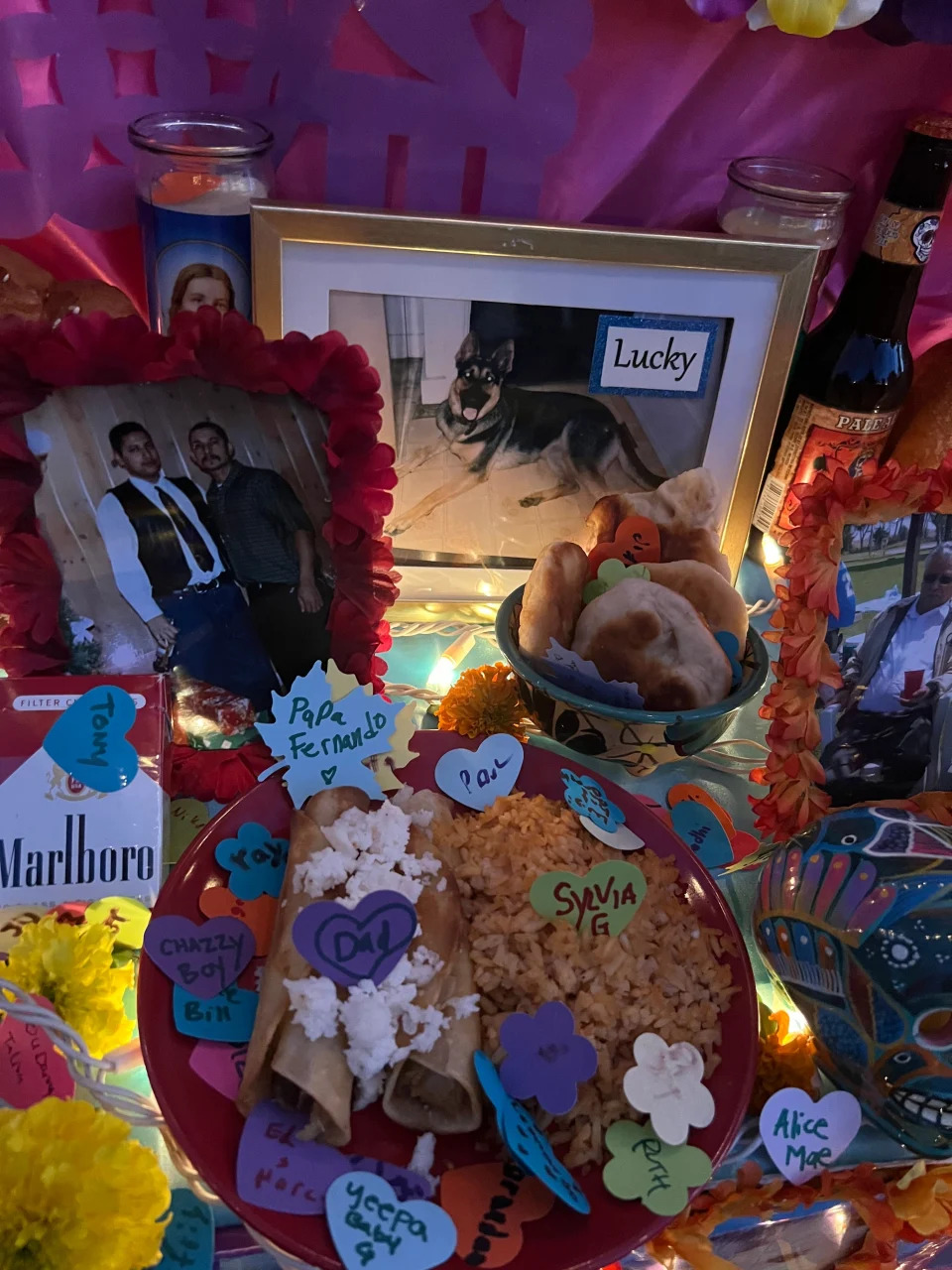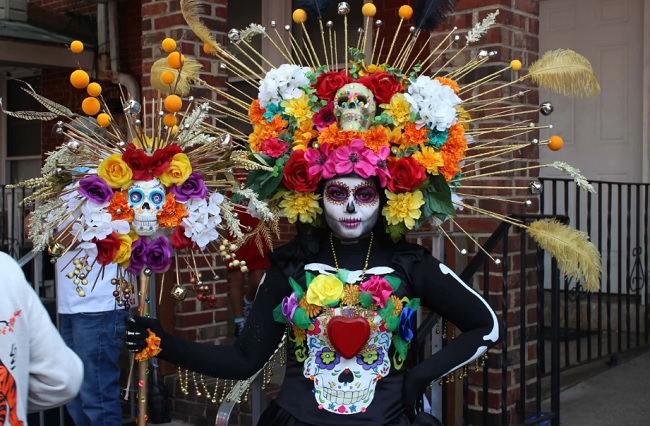Is Día de los Muertos (or Day of the Dead) basically Halloween 2.0 in November?
While some people regard these traditions as similar because skeletons make an appearance in both, they’re not the same. (We’ll touch on this later.)
Some Delawareans will experience what the Day of the Dead is all about during an evening celebration at Big Chill Surf Cantina in Rehoboth Beach on Wednesday, Nov. 1.
The celebration features an altar dedicated to lost loved ones, according to Big Chill’s Facebook event.
The public is encouraged to bring photos of those they’ve lost to place on the altar. There also will be a sugar skull face painter who will help folks get in the spirit as they remember loved ones who have passed.
What is Day of the Dead?

Day of the Dead is a long-standing tradition that’s been honored by Indigenous civilizations in Mexico for more than three millennia to celebrate the life of those who have passed.
Death is an important part of the journey of life, and this is reflected in remembering lost loved ones on this Mexican holiday.
When is Day of the Dead celebrated?
Day of the Dead celebrations can begin as early as Halloween night but are most frequently observed on Nov. 1 and 2, depending on the age of the deceased person that’s being celebrated.
People can celebrate a loved one or loved ones on either day, but children are typically honored on Nov. 1, while adults are celebrated on Nov. 2.
Birria, mole, al pastor: Our 8 favorite Mexican pizzas from Philly to Delaware
Nov. 1 is commonly referred to as the Day of the Innocent “Día de los Inocentes” or the Day of the Little Angels “Día de los Angelitos,” where loved ones celebrate the lives of deceased young children or young people.

Nov. 2 is known as the Day of the Dead “Día de los Muertos” or Day of the Deceased “Día de los Difuntos,” and is when loved ones commemorate the lives of adults who have passed.
However, one expert said the holiday can be celebrated for weeks.
“I would say that most people, you could really say, celebrate it for a week or multiple weeks. Because many people don’t make the ofrenda (altar) on Nov. 1, they don’t make it on Oct. 31, they don’t make it on Nov. 2. They make it weeks in advance of the actual holiday,” Mathew Sandoval, a professor at Arizona State University researching Día de los Muertos, shared with news outlet The Republic.
Mexico City, for example, celebrates Day of the Dead throughout the month of October, allowing people to add or change up their altars over the course of the month.
What are Ofrendas?
Ofrendas are traditional altars that have a variety of symbols and items that are reminders of those who’ve passed away. Some items that can be found on Ofrendas include religious pictures and photographs of deceased loved ones.
Personal items of the dead such as watches or eyeglasses are incorporated into altars. Candles help give Ofrendas a festive glow. Marigolds are hung on walkways for the deceased to find their way to be with their friends and family.
Where is the Day of the Dead celebrated?
The holiday is largely observed by people in Mexico and Mexican American or Latino communities in the United States, Bolivia, Ecuador, Peru, Guatemala, and Haiti, according to The Mexican Museum in association with the Smithsonian Institution, with different communities marking the occasion in their own way.


